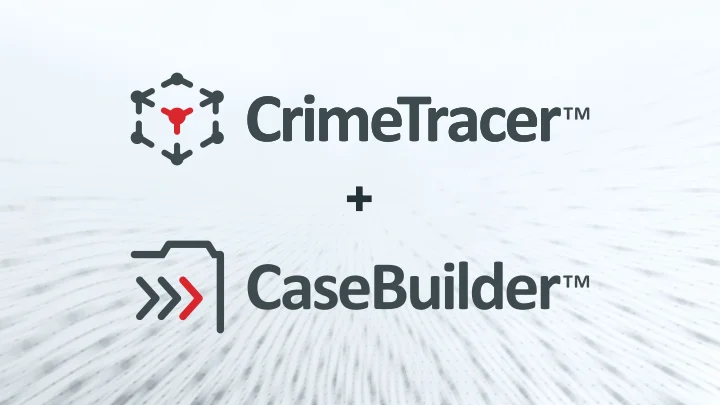The FBI dates investigative analysis to the 1970s as one aspect of support the Bureau provides to local, state, and federal agencies. The Bureau’s Behavioral Science Unit developed a method of inferring offender characteristics from the details of a crime, a practice that became known as profiling.
Investigative analysis today involves a lot more than just personality profiling. Psychology Today has broken the practice down into three phases: first, the investigation, during which law enforcement uses the approach to uncover links between crimes, describe the likely perpetrator, and attempt to predict the likelihood of further criminal activity. Second is the apprehension phase, in which the analysis forms the basis for deciding where to look for the perpetrator, what information should be covered in a search warrant, and so on. And finally, in the prosecution phase, the analysis becomes part of the case being built against the arrestee.
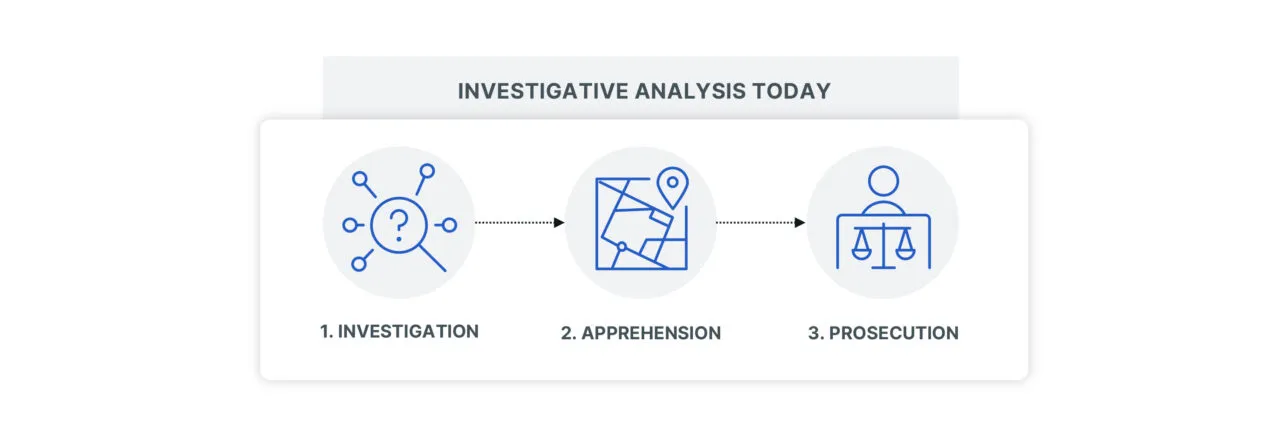
The FBI continues to provide assistance with investigative analysis to local law enforcement agencies, but those agencies can also draw on new technological resources to develop such analysis themselves. Two law enforcement support platforms, CaseBuilder™ and CrimeTracer™, put investigative analysis tools in the hands of agencies at all levels.
Investigative Analysis on Your Desktop
CaseBuilder is the case management side of the equation, enabling the investigative team to assemble the data and documentation needed to request a search warrant, for instance, or packaging the evidence for the prosecution phase. It enables investigators to build on what’s known or suspected about a crime or possible crime or a potential suspect to narrow down who to look for and where.
CrimeTracer is a law enforcement search engine that helps investigators gather the data from which their investigative analysis can be developed. Able to extract information from more than a billion records, encompassing over 40 distinct document types, CrimeTracer can uncover the key details and connections that flesh out the profile of a likely crime or criminal.
To put it simply, CrimeTracer helps find the data that an investigative analysis relies on, while CaseBuilder lets investigators assemble and cross-reference the data in order to build a coherent analytic picture—a profile of the investigation’s target. Using the two platforms in concert, agencies can develop a thorough investigative analysis, whether the investigation is proceeding inductively or deductively.
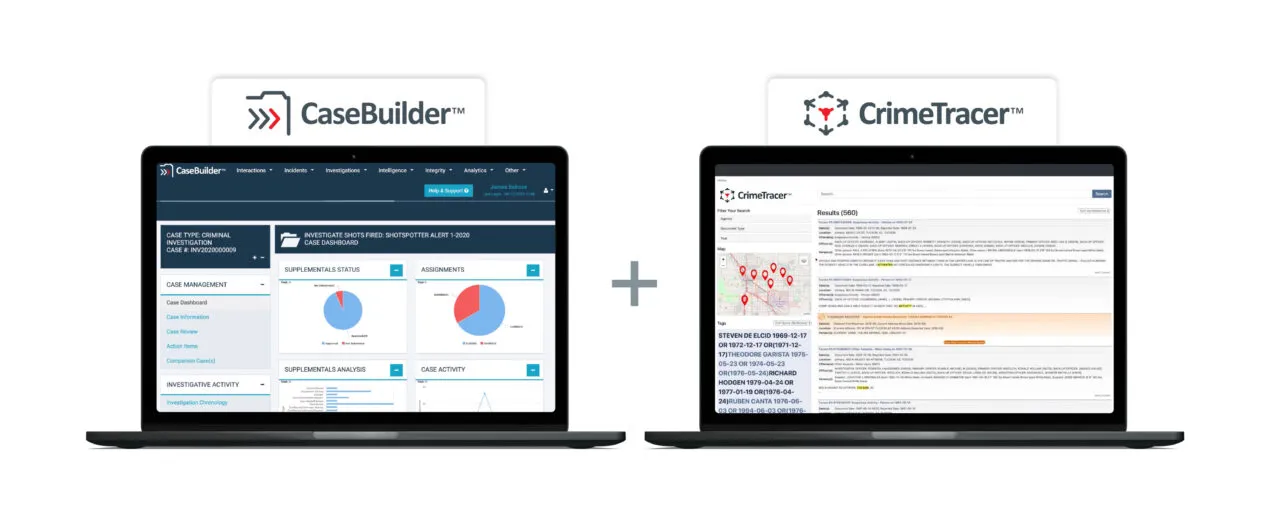
Inductive Investigations
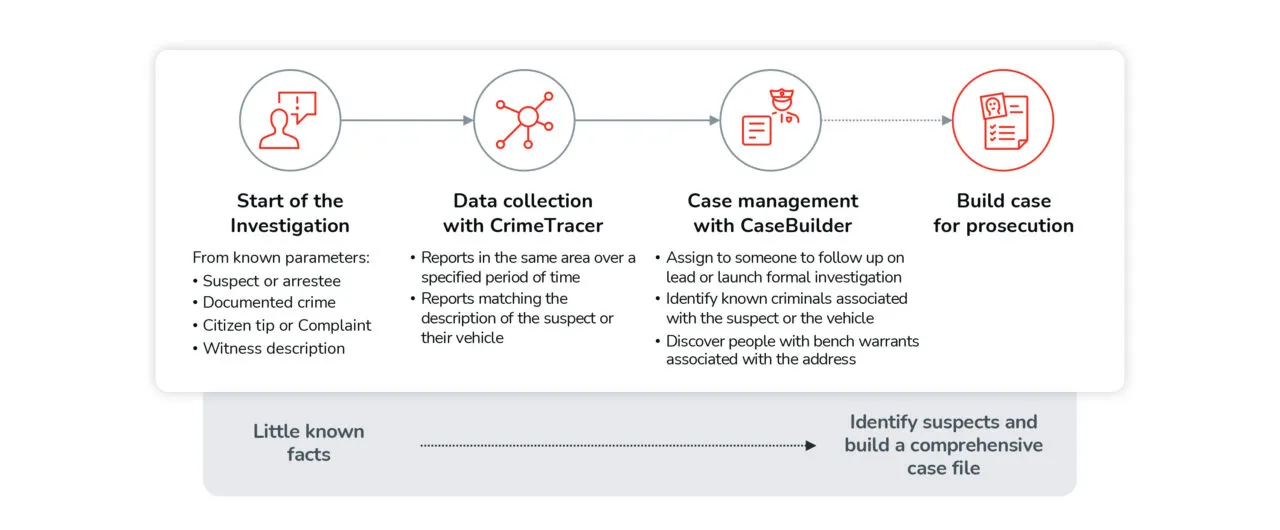
An inductive investigation starts with some kind of known fact—a suspect or an arrestee, a documented crime, a citizen tip or complaint, etc. The arrest might be for a single offense, but the arresting officer might suspect the offender is connected to more crimes. The tip or complaint, on the other hand, could come through the Citizen Portal module in CaseBuilder, where it can be used to open a new case or be assigned as a new detail to a case that’s already open. The complaint might be something like, “my neighbor threatened somebody with a gun,” or it could be a witness description from an interview taken at the scene of a crime.
Building on that initial data point, the investigator can broaden the scope of the investigation. The process would start with questions like, “What else do we know about this person? Have they been involved in criminal activity before? Has their address been associated with a crime or criminals?” CrimeTracer can help answer these questions.
Whatever information is discovered is then added to the case file in CaseBuilder. If a formal investigation of the complaint hasn’t yet been launched, the case can be assigned to someone to follow up on the lead. All of that information and any subsequent information is documented and kept in the case file for an eventual presentation in the courtroom.
Using these analytical tools, the investigation can then be developed further, identifying known criminals associated with the suspect or the car or discovering people with bench warrants associated with the address, which would provide the basis for a visit or a search. Starting from a small pool of known facts, an investigator can leverage CaseBuilder and CrimeTracer to develop a detailed picture of who they should be looking for.
Deductive Investigations
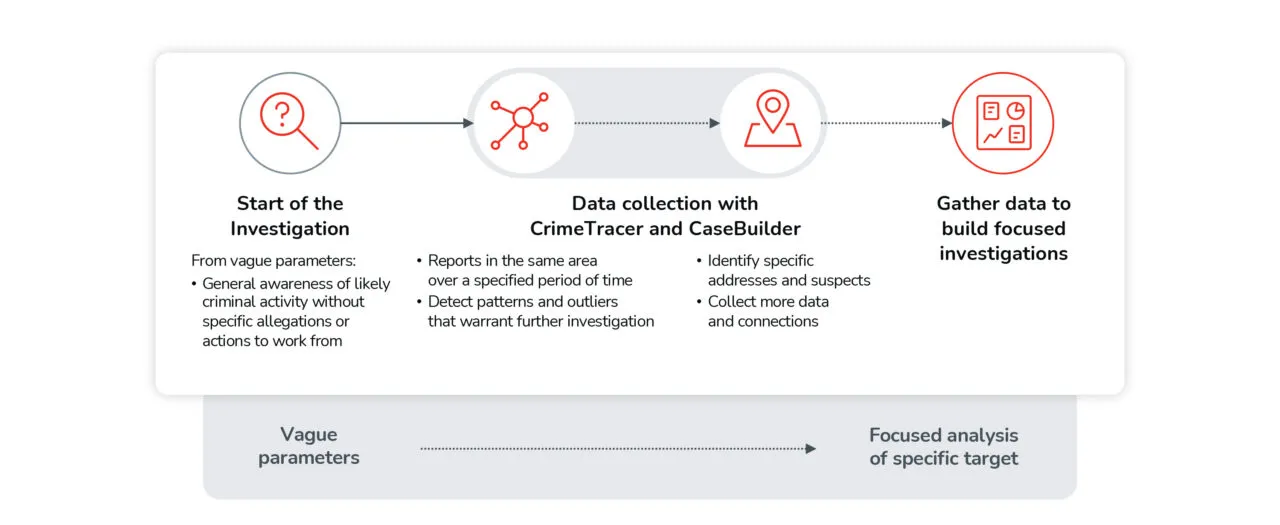
The deductive approach to an investigation starts with more vague parameters—general awareness of likely criminal activity or suspicions about a situation without specific allegations or actions to work from. As with an inductive investigation, the starting point may be a witness description or a citizen complaint. But in this case, the complaint will not be about a specific action but might be as vague as, “I keep seeing people who look like they’re selling drugs near where I work.”
Or, following up on a gun threat complaint, an investigator can draw a virtual fence around an address and look for other reports of gun activity in the same area over a specified period of time. Or, if a witness to an assault has provided a description of the suspect or their car, the investigator could search for reports of someone matching the description who may have been involved in another incident in that same area, or of a matching car that’s been involved in a traffic stop nearby.
Starting from such an imprecise description, CaseBuilder and CrimeTracer enable an investigator to develop more specific leads. Searching for “drugs near” an address, for example, will turn up any patterns and outliers that might warrant further investigation. The results can be filtered by time of day (for instance, during the tipster’s work hours), type of drug, and other criteria to further suggest specific points to look into further. From there, the description of who a suspect or suspects might be can get more and more detailed.
Taking concrete action requires some kind of probable cause, however. Suspicious patterns aren’t enough to obtain a search warrant. But part of the pattern may be a specific address that shows up in complaints over and over. If the investigator searches on the address, they may discover that someone at that address has a bench warrant—they may not match the vague description the investigator has, but the bench warrant provides enough of a reason to visit the address. In addition to picking up that person, the visit provides the opportunity to look around for evidence of drugs, talk to other people in the house, and so on. Such observations provide more data and more connections to help produce an ever more focused analysis of who the real target is.
Conclusion
Investigative analysis can extract a meaningful suggestion of an investigation’s target from a variety of data points that may not seem connected at first. Whether in an inductive or a deductive investigation, the combination of CrimeTracer for gathering data and CaseBuilder for coordinating and compiling data in one seamless platform makes investigative analysis a tool available to investigators at all levels.




